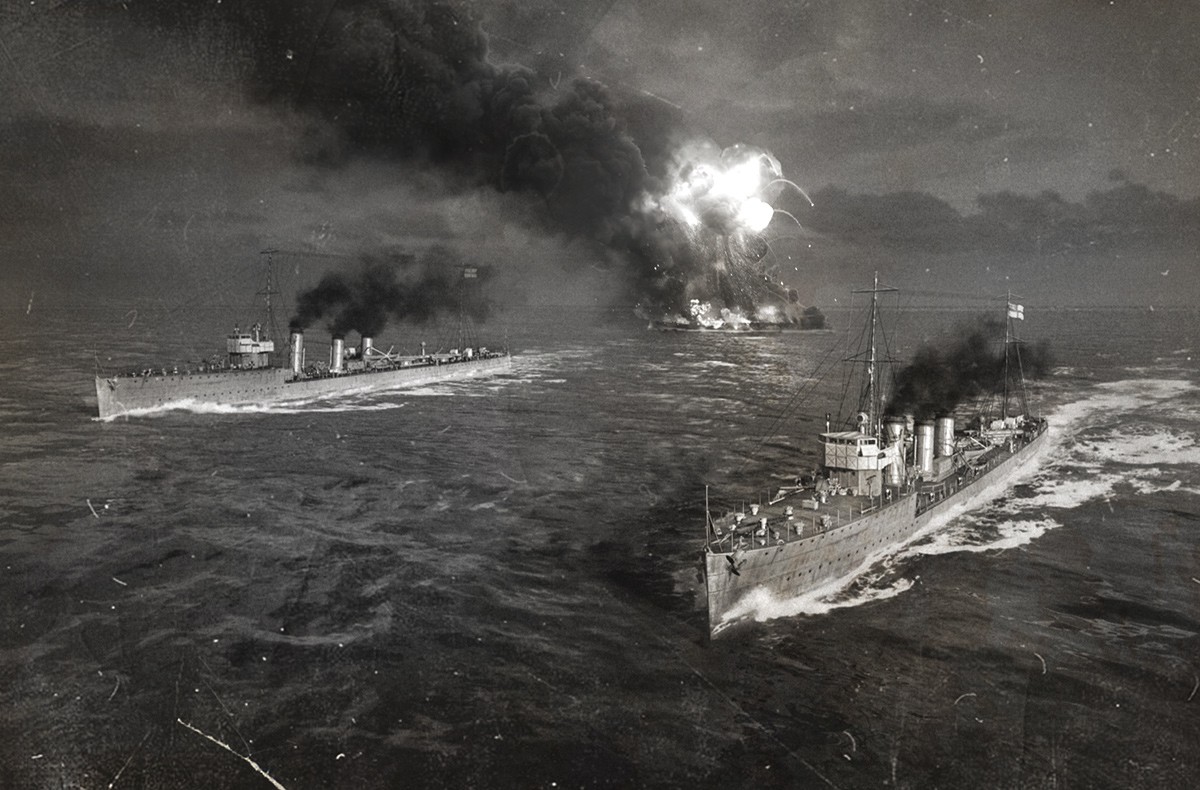

It is not only valuable for its technical pages and for its history of the people as well as the ships, it is also a rarity among this type of book for being highly readable just for the story.

If I had to choose any one book on the subject it would be this one. Read the full review here The Australian Naval Institute, Gregory P. ‘British Destroyers’ is highly recommended for the Australian audience. It is a work that helps us understand how modern surface combatants evolved into what they are today and helps us better understand warship design in a world where a sea fight is expected rather than a rare occurrence. Like all of Friedman's books, it reveals the rationale and not just the process of important technological developments.įriedman’s ‘British Destroyers: From Earliest Days to the Second World War’ is a remarkably clear and lucid work on the early development of surface combatants – describing complex and sophisticated development activities in ways that should be understood by any professional or keen amateur. This book is the first detailed study of their early days, combining technical history with an appreciation of the changing role of destroyers and the tactics of their deployment. With its title shortened to 'destroyer', the type evolved rapidly and was soon in service in many navies, but in none was the evolution as rapid or as radical as in the Royal Navy From these efforts came 'torpedo catchers', torpedo-gunboats and eventually the torpedo-boat destroyer, a type so successful that it eclipsed and the usurped the torpedo-boat itself. The Royal Navy was also quick to adopt the new weapon, but the British concentrated on developing counters to the essentially offensive tactics associated with torpedo-carrying small craft. Not surprisingly, Britain's traditional rivals invested heavily in the new technology that promised to overthrow the naval status quo. For the first time a relatively cheap weapon had the potential to sink the largest, and costliest exponents of sea power. In the late nineteenth century the advent of the modern torpedo woke the Royal Navy to a potent threat to its domination, not seriously challenged since Trafalgar.


 0 kommentar(er)
0 kommentar(er)
